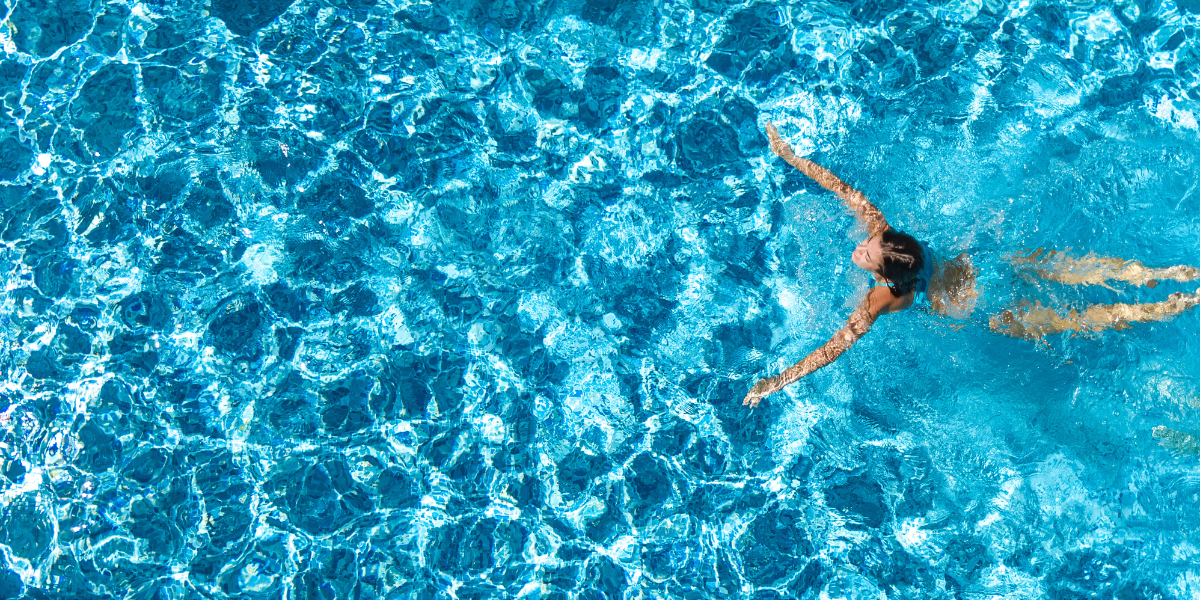Swimming Pool Plaster vs. Swimming Pool Pebble Finish: What You Need to Know Before You Resurface
Two of the most common and time-tested options are **traditional plaster** and **pebble finishes**. Both offer their own advantages and drawbacks in terms of durability, aesthetics, cost, and maintenance.

When it comes time to resurface your swimming pool, one of the biggest decisions you'll face is choosing the interior finish. Two of the most common and time-tested options are traditional plaster and pebble finishes. Both offer their own advantages and drawbacks in terms of durability, aesthetics, cost, and maintenance. Knowing the pros and cons of each will help you make an informed choice based on your pool usage, budget, and long-term expectations.
What is Pool Plaster?
Pool plaster is a mix of white cement, limestone, marble sand, and water. It’s been the standard interior finish for swimming pools for over half a century. Once applied, plaster creates a smooth, clean surface that gives the water a classic light blue appearance.
Pros of Plaster
- Lower Initial Cost
Plaster is typically the most affordable option. It provides a clean, uniform look without a large upfront investment. - Classic Appearance
The smooth, matte finish gives your pool a timeless aesthetic. Many homeowners appreciate the bright, light-reflective look. - Smooth Texture
Because it’s troweled flat, plaster is smooth to the touch, which some swimmers prefer over textured alternatives.
Cons of Plaster
- Shorter Lifespan
Standard plaster usually lasts 7 to 10 years, depending on water chemistry and care. Poor maintenance can shorten its life significantly. - Susceptible to Staining and Etching
It’s porous and more vulnerable to mineral staining, algae buildup, and surface etching. - Frequent Maintenance
To keep plaster looking good, water chemistry must be maintained rigorously. Imbalanced pH or calcium levels can damage the finish quickly.
What is Pebble Finish?
Pebble finishes (commonly known under brands like PebbleTec® or PebbleSheen®) are a mixture of cement and natural pebbles. After application, the surface is water-blasted to expose the pebbles, creating a textured, durable finish.
Pros of Pebble Finish
- Longer Lifespan
A properly installed pebble finish can last 15 to 20 years, often twice as long as plaster. It’s a longer-term investment. - Highly Durable
Pebble surfaces are resistant to staining, etching, and harsh pool chemicals. They also hold up better under freeze-thaw conditions and heavy use. - Aesthetic Variety
Pebble finishes are available in a wide range of colors and aggregate blends. You can achieve deep blue, teal, or even natural lagoon-like looks depending on the pebble type. - Slip-Resistant Texture
The slightly textured finish provides improved grip, which is especially useful on steps and shallow areas.
Cons of Pebble Finish
- Higher Cost
A pebble finish can cost 30% to 50% more than plaster upfront. However, the long-term value may offset this for many homeowners. - Rougher Surface
Some people find the texture too coarse, especially young children or those with sensitive skin. However, finer pebbles (like in PebbleSheen) can mitigate this issue. - Color Fading Over Time
While durable, darker-colored pebble finishes can fade slightly over time due to UV exposure and chemical treatments.
A Side-by-Side Comparison
| Feature | Plaster | Pebble Finish |
|---|---|---|
| Initial Cost | Lower | Higher |
| Lifespan | 7–10 years | 15–20 years |
| Durability | Moderate | High |
| Maintenance Needs | Frequent chemical balancing | Lower maintenance |
| Texture | Smooth | Textured (varies by pebble size) |
| Aesthetic Variety | Limited (mostly light colors) | Wide range of colors/textures |
| Slip Resistance | Low | Medium to High |
Which One Is Right for You?
The best surface for your pool depends on your budget, maintenance habits, and personal preferences.
- Choose Plaster if:
- You're resurfacing on a tight budget.
- You prefer a smooth finish underfoot.
- You’re okay with more frequent maintenance and plan to replace the finish within 10 years.
- Choose Pebble if:
- You want a long-lasting, durable surface.
- You prefer a more natural or upscale look.
- You want to reduce long-term maintenance and are willing to pay more upfront.
Final Thoughts
Resurfacing your swimming pool is a significant investment. While plaster offers affordability and simplicity, pebble finishes bring longevity, visual variety, and increased durability. Consider how you use your pool, how long you plan to live in your home, and whether you prefer short-term savings or long-term value.
If you're in Arizona or another high-use, high-heat environment, pebble finishes tend to offer better performance over time. That said, well-maintained plaster still holds its own for many pool owners who prioritize smooth texture and traditional appeal.
Need help deciding? Reach out for a professional evaluation to determine what surface is best suited for your pool and your lifestyle.
